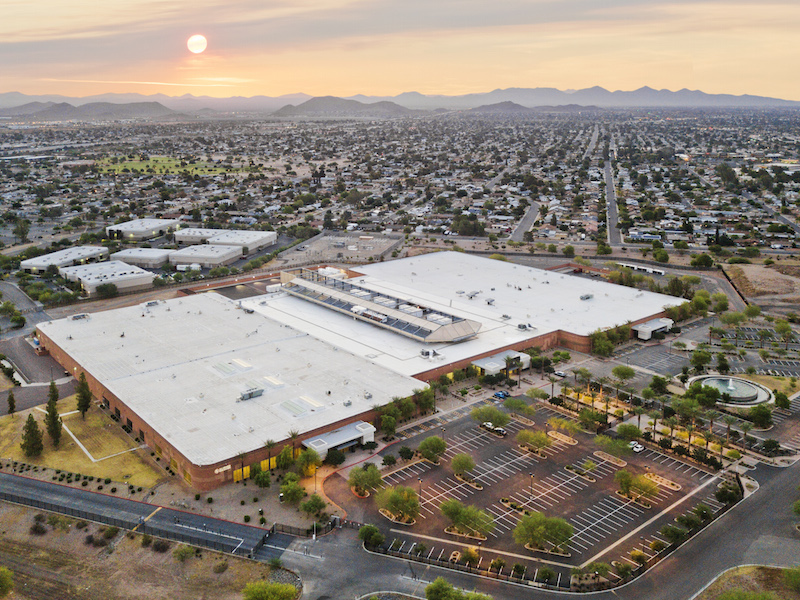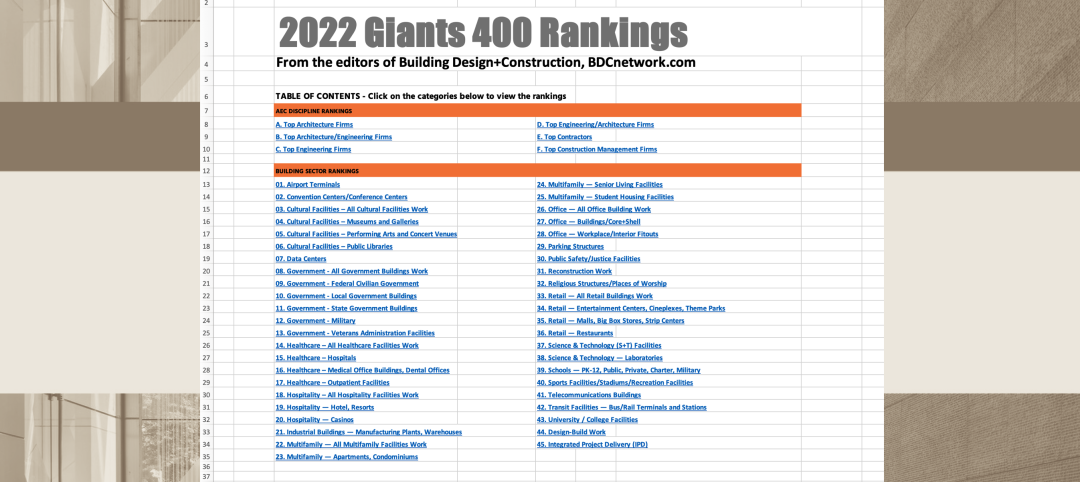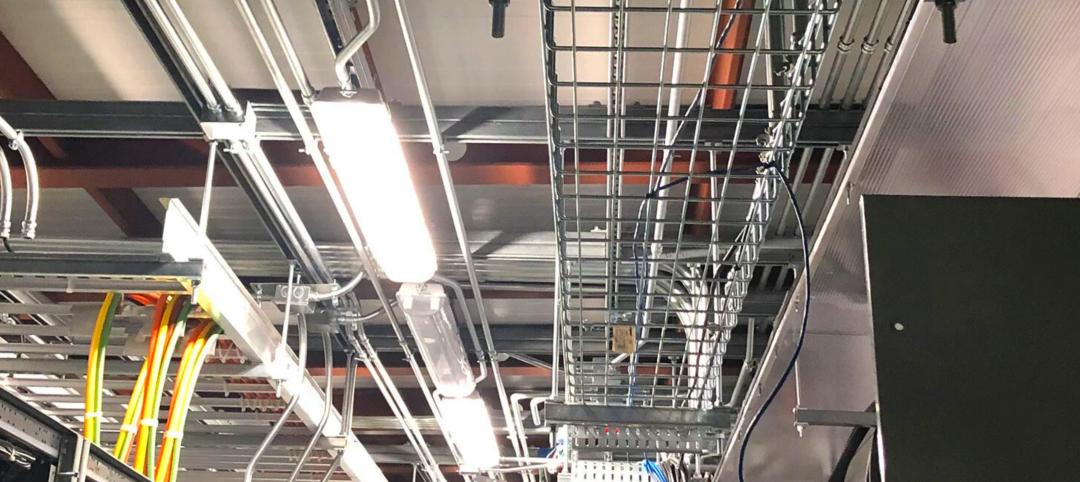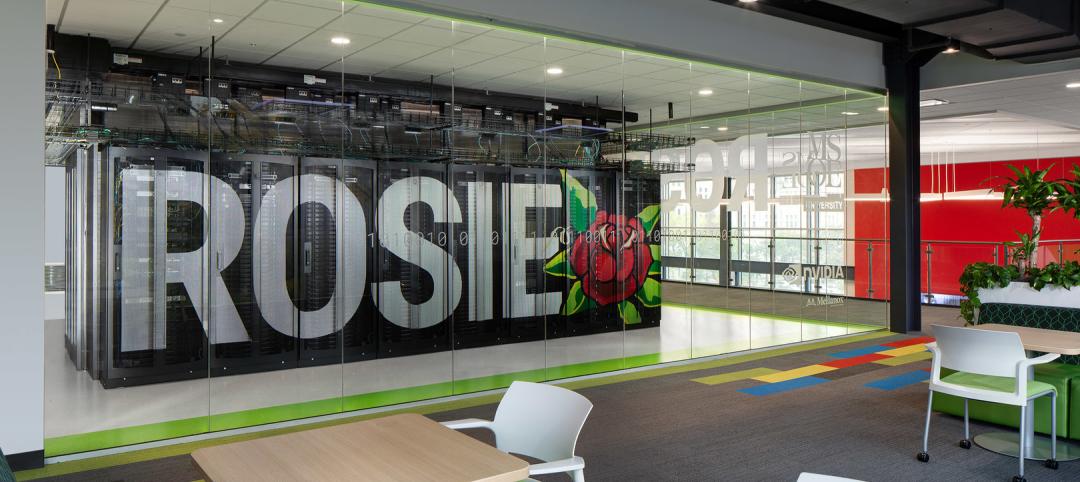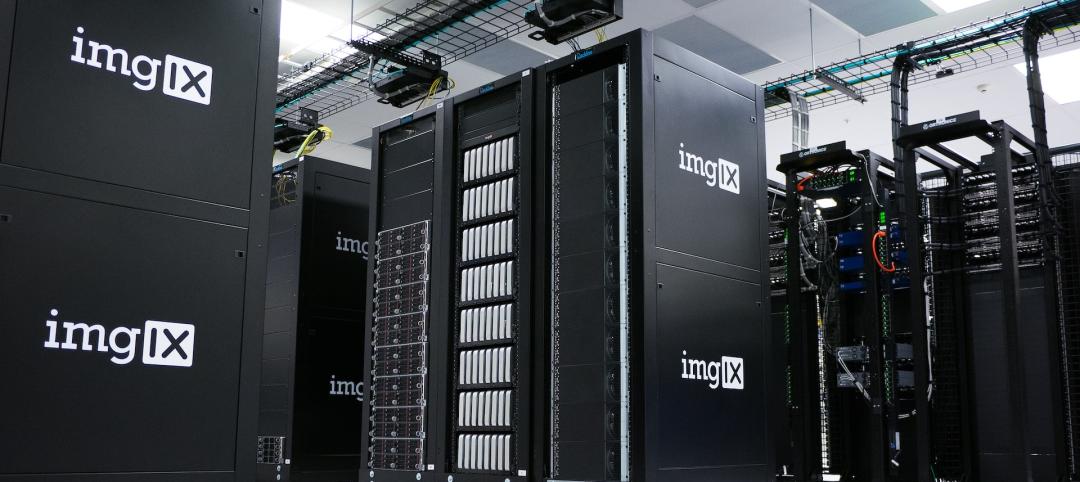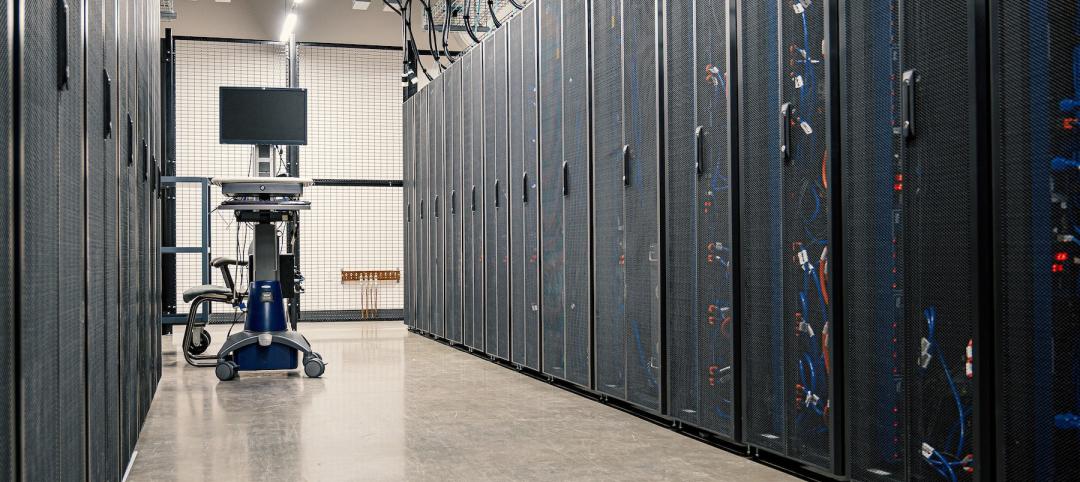Data centers are projected to consume 73 billion kilowatt hours of electricity by 2020. That would be 3 billion kWhs more than in 2014, according to the website Data Center Knowledge.
Providers are already scrambling to meet that anticipated demand. Through the first half of 2017 there were 506 MWs under construction, compared to the 353 MWs under construction during the same period a year earlier, according to JLL’s latest report on North America’s data center sector.
Large pipeline increases in Northern Virginia (plus 57 MW), Toronto (41 MW) and Dallas-Fort Worth (31 MW) “depict booming markets looking to catch up with demand,” JLL states.
The cloud is accounting for 30% or more of the demand in 11 of the 18 markets that JLL analyzed for its report. In fact, last year the predominate absorption driver in the data center sector was cloud focused. Microsoft Azure, Amazon Web Services (AWS), Oracle, SoftLayer, Google, and others captured huge portions of space, leading to one of the most robust leasing years on record.
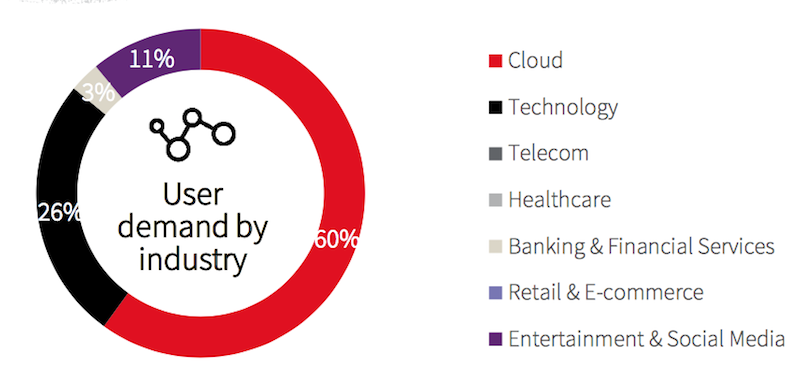
The cloud accounts for three-fifths of demand in Northern Virginia, one of hottest data center markets in the country. Image: JLL
Earlier this month, Bisnow and the Wall Street Journal reported that in their battle for the $500 billion database technology business, tech giants Google, Amazon, and Microsoft—which spent a combined $31.5 billion on data centers in 2016, up 22% from the previous year—are expanding their cloud infrastructures so rapidly that they are leasing data center space because they can’t build their own quickly enough.
2016 racked up over 350 MW of absorption in the U.S. and 46 MW in Canada. U.S. absorption rates cooled a bit in the first half of 2017, but JLL sees that leveling off as cloud users taking a temporary respite on leasing to work through the “massive” capacity they took on last year.
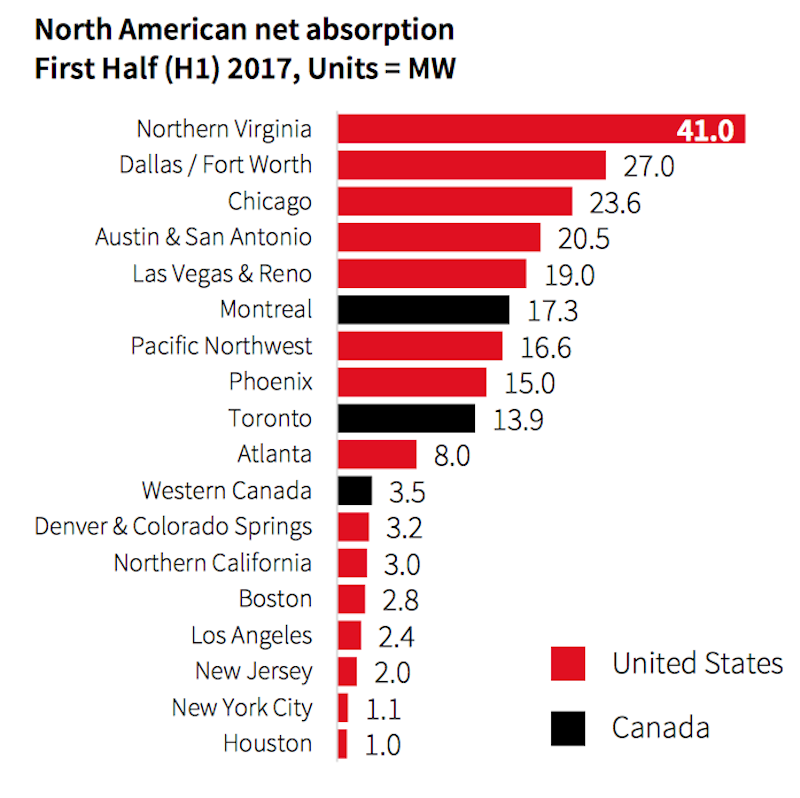
The predominate driver of absorption is cloud focused, according to JLL's latest report on the North America data center market. Image: JLL
Pent up data center demand from Fortune 1000 companies and enterprise users that previously were unable to grab capacity, due to low availability, are expected to lease up moderate to large chunks, and drive additional absorption through the year.
“Technology has changed where we are today,” says Michael Silla, Senior VP of Skanska USA’s Mission Critical Center of Excellence in Charlotte, N.C. “Technology is all about convenience—eBay, Amazon, Uber—driven by smartphones. And there are several cloud players, all driving hyperscale computing. We don’t know where the future is going, but we’re going to need computing to make it all work.”
In a recent interview with BD+C, Silla asserted that the future of data centers would revolve around infrastructure and “building what matters.” Skanska, he said, is positioning itself to become more of a partner with its data center clients, and to get involved in collaborative programming early in the process.
“We need to transfer from being a builder to being a trusted advisor” to help clients scale their facilities appropriately, Silla said.
Skanska is moving in this direction at a time of aggressive consolidation within the data center sector. JLL estimates there were nearly $2 billion in merger-and-acquisition deals among providers in 2016. Through the first six months of 2017, M&A activity jumped to over $10 billion, as the industry gravitates toward larger, more efficient facilities that offer comprehensive and flexible products to users looking for consistent global vendors.

As user demand expands, AEC firms will need to beef up their mission critical teams to keep pace. Image: Connie Zhou Photography
JLL expects M&A activity to continue through the remainder of this year and beyond. At the same time, Silla expects new providers to come onto the market. “Disruption is moving at such a pace that data center construction might not be able to keep up.”
The big challenge for companies like Skanska, he explained, is that AEC firms don’t have enough designers and builders to handle the current rate of data center growth. Skanska has taken its technical builders from other sectors and transferred them to data center design and construction.
“As an industry, we have to attract more talent,” he said, noting that several chapters of 7x24 Exchange International are now reaching out to colleges and universities.
A data center typically takes between six and eight months to build. But the industry’s volatility makes such scheduling less predictable. Skanska recently was finishing up a 5 MW data center in Phoenix when that facility signed a new customer with different requirements for its leased space. Keeping up with such changes, said Silla, is going to require better and more frequent coordination with data center developers and retailers.
In general, Silla thought that planning is “the key” to bringing a data center online on schedule and within budget. One positive change he’s seen is that designs have become more modular and scalable, and are factoring in load predictabilities and infrastructure needs more flexibly. Modularity, he suggested, might even extend a facility’s life cycle beyond its normal 12-to-15 year span.
AEC firms that serve this sector must also take into account what JLL singles out as the growing demand among users for data security and artificial intelligence, and how those needs are going to affect their businesses going forward.
Related Stories
Energy | Mar 20, 2023
Battery energy storage market predictions are trickier than ever
Burns & McDonnell breaks down the state of battery energy storage today, from pricing concerns to alternative solutions.
Giants 400 | Feb 9, 2023
New Giants 400 download: Get the complete at-a-glance 2022 Giants 400 rankings in Excel
See how your architecture, engineering, or construction firm stacks up against the nation's AEC Giants. For more than 45 years, the editors of Building Design+Construction have surveyed the largest AEC firms in the U.S./Canada to create the annual Giants 400 report. This year, a record 519 firms participated in the Giants 400 report. The final report includes 137 rankings across 25 building sectors and specialty categories.
Data Centers | Feb 6, 2023
Modular electric rooms are the new normal
Southland Industries breaks down the prefabrication benefits of Modular Electric Rooms (MERs).
Sponsored | Resiliency | Dec 14, 2022
Flood protection: What building owners need to know to protect their properties
This course from Walter P Moore examines numerous flood protection approaches and building owner needs before delving into the flood protection process. Determining the flood resilience of a property can provide a good understanding of risk associated costs.
Data Centers | Nov 28, 2022
Data centers are a hot market—don't waste the heat!
SmithGroup's Brian Rener shares a few ways to integrate data centers in mixed-use sites, utilizing waste heat to optimize the energy demands of the buildings.
Giants 400 | Nov 9, 2022
Top 50 Data Center Contractors + CM Firms for 2022
Holder, Turner, DPR, and HITT Contracting head the ranking of the nation's largest data center contractors and construction management (CM) firms for 2022, as reported in Building Design+Construction's 2022 Giants 400 Report.
Giants 400 | Nov 9, 2022
Top 60 Data Center Engineering + EA Firms for 2022
Jacobs, Burns & McDonnell, WSP, and Alfa Tech top the ranking of the nation's largest data center engineering and engineering/architecture (EA) firms for 2022, as reported in Building Design+Construction's 2022 Giants 400 Report.
Giants 400 | Nov 9, 2022
Top 30 Data Center Architecture + AE Firms for 2022
HDR, Corgan, Sheehan Nagle Hartray Architects, and Gensler top the ranking of the nation's largest data center architecture and architecture/engineering (AE) firms for 2022, as reported in Building Design+Construction's 2022 Giants 400 Report.
Data Centers | Oct 31, 2022
Data center construction facing record-breaking inflation, delays
Data center construction projects face record-breaking inflation amid delays to materials deliveries and competition for skilled labor, according to research from global professional services company Turner & Townsend.
Data Centers | Oct 25, 2022
Virginia county moves to restrict the growth of new server farms
Loudoun County, Va., home to the largest data center cluster in the world known as Data Center Alley, recently took steps to prohibit the growth of new server farms in certain parts of the county.


